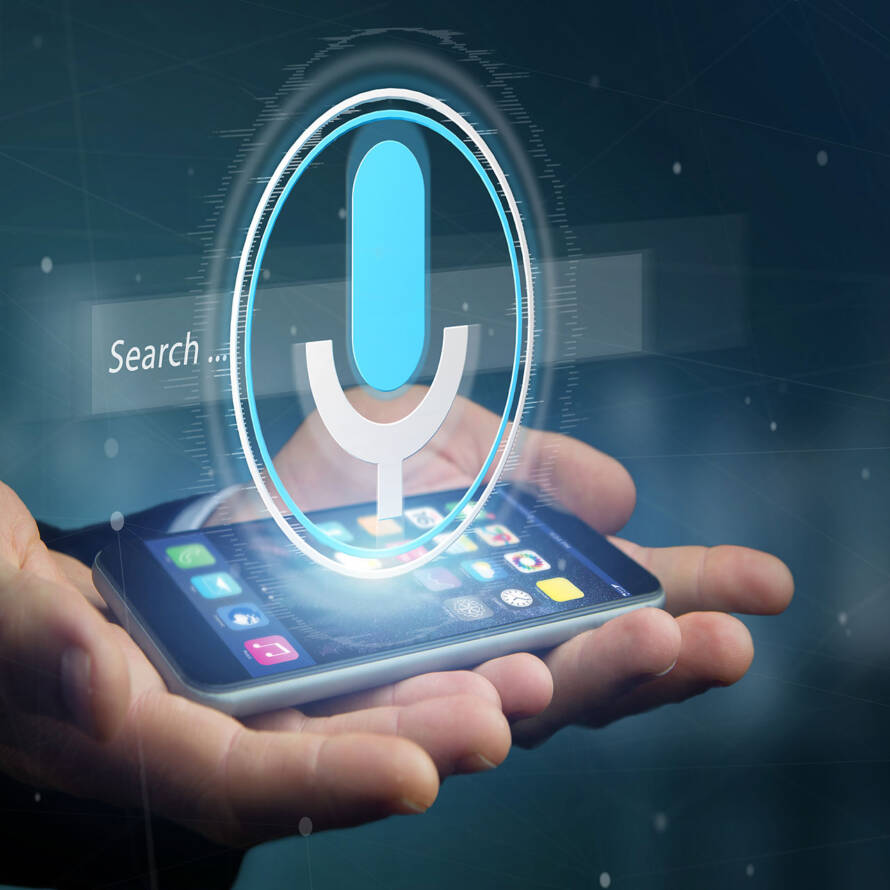Artificial Intelligence (AI) is no longer a futuristic concept—it’s reshaping how we create, design, and interact online. In today’s digital era, AI in web design is leading a creative revolution, enabling designers to build smarter, faster, and more personalised experiences. At Coreform Design, we embrace this transformation by blending human creativity with intelligent automation to craft websites that think, learn, and adapt to user behaviour. From generating design layouts to optimizing performance, AI in web design is redefining what’s possible, allowing brands to deliver intuitive, efficient, and visually stunning digital experiences.
AI’s Pervasive Influence in Web Design and Development
1. AI Integration in Design and Development
The adoption of AI tools has become ubiquitous among web professionals. Designers leverage AI for tasks ranging from layout generation to user experience optimisation, while developers utilise AI for code generation, debugging, and performance enhancement. This synergy between design and development has led to more cohesive and efficient workflows.
2. Machine-Generated Code: A Rising Trend
Industry giants report that over 30% of new code is now generated by machines. This shift signifies a move towards automation in coding practices, allowing developers to focus on higher-level problem-solving and creative aspects of projects.
Key Statistics Reflecting AI’s Impact
Designers’ Daily AI Usage: 93% of designers incorporate AI into their daily tasks, utilising it for functions such as layout generation, colour scheme selection, and user experience optimisation.
Developers’ AI Utilisation: 91% of developers employ AI tools to assist in code generation, debugging, and performance optimization, streamlining the development process.
Machine-Generated Code: Over 30% of new code is now generated by AI, indicating a significant shift towards automation in coding practices.
Emerging Trends in AI-Powered Web Development
1. AI-Driven Design Tools
Platforms like Figma AI, Uizard, and Framer AI are revolutionising the design process by enabling designers to generate layouts and prototypes from textual descriptions. These tools reduce design time by approximately 60%, allowing for rapid iteration and innovation.
2. AI-Powered Development Platforms
AI-driven development environments, such as GitHub Copilot and Replit AI, assist developers in writing, debugging, and optimising code in real-time. These platforms enhance productivity and reduce the likelihood of errors, leading to more robust applications.
The Future of AI in Web Development
As AI continues to evolve, its role in web design and development is expected to expand. Future advancements may include more sophisticated AI tools capable of handling complex design and development tasks, further blurring the lines between human and machine contributions. The integration of AI is poised to drive innovation, efficiency, and personalisation in web development.
Conclusion
The integration of AI into web design and development has marked a paradigm shift in the industry. As AI tools become more advanced and accessible, professionals in the field must adapt to leverage these technologies effectively. Embracing AI can lead to more efficient workflows, enhanced creativity, and the creation of more personalised and dynamic web experiences.


